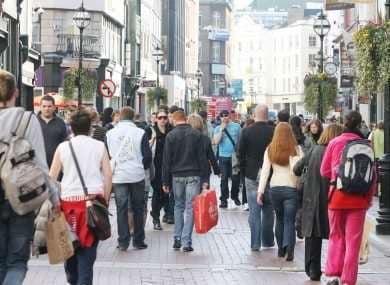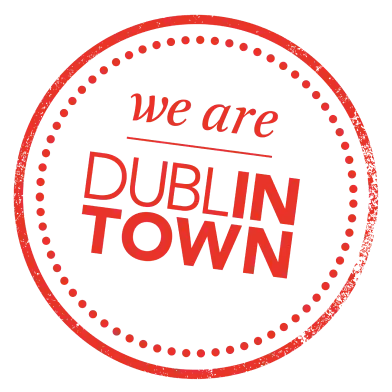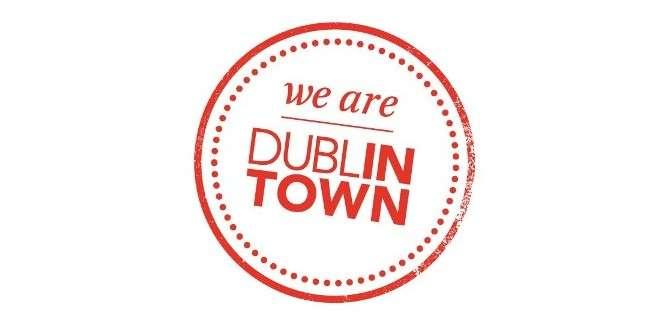Dublin’s footfall a sneak preview of the 21st century trends?

- Fri 08 September, 2017
One of the great things about being involved in a network like the ATCM is that you get to hear about emerging and likely trends before they have a chance to make their presence felt. In 2012, Experian alerted the ATCM’s Key Cities Group to the likely impacts of on-line retail on high street retail sales. On hearing this I forecast sales from Irish bricks and mortar stores to 2020 based on the retail sales index, expectations of economic growth & consumer spend, less sales anticipated to be leaked to the on-line environment.
The graph scared me as it predicted that sales from traditional outlets would stay within recession range indefinitely as can be seen below.
Rolling forward to June 2016, the ATCM summer school received an excellent presentation from John Siraut of Jacob’s. As part of this presentation John demonstrated that while total UK retail sales reached their pre-recession levels by February 2016, sales from bricks and mortar were flatlining. Indeed, the graph provided very much reminded me of the casual projections I had prepared 4 years earlier.
So, the question arose, whether or not Dublin’s footfall patterns were reflecting these new emerging patterns of behaviour and spend. The simple answer was yes. Dublin’s footfall patterns are consistent with a growth in on-line sales but also customer preferences evident in consumer surveys.
These consumer surveys are clear in telling us that customers wish to buy experiences as well as goods and in many instances they express a preference for experiences ahead of goods. They are quick to spend on hospitality and leisure on their shopping trip. They chose to shop in areas with the best business mix, the ones that have the shops, restaurants/cafes & entertainment that they desire. We have also been surprised at the high level of retail spend from people who are drawn to the city by its cultural attractions.
It is also interesting to note that customers are also busiest buying on line between 6 and 8pm, while traditional retailers are pulling down their shutters, most often using their mobile phones to make the purchase. It is clear that many retailers will have to adapt their business model if they are remain part of the landscape indefinitely.
In terms of footfall flows, the overall city footfall has trended up in recent years as the graph produced by Springboard shows
However, the growth in footfall is not universal and hasn’t been for some time. Streets with a better balance of retail and hospitality are outperforming the traditional retail streets in terms of footfall growth. Thus, Capel Street is ahead of the average on the north side while Henry/Mary Street lags behind, while similarly across the river South Great George’s Street is outperforming Grafton Street.
Anticipating these changes and assisting the city to maximise the potential upside while minimising the downside risks formed the core of the Dublin Town business plan 2018-2022. Dublin Town will market the city by district concentrating on the variety of offer within each district to best meet customer expectations. Training for retailers to understand and exploit shifting patterns has begun while establishing appropriate business mixes and creating the right environment, through processes such as the Dublin One project will be central to our strategic thinking and operational role out.
The trends that are becoming increasingly evident are unlikely to disappear. The city as well as individual retailers will have to consider the implications of these changes. We are likely to see later opening hours to capture evening sales, co-ordinated delivery services are likely to make an appearance while retailers can be expected to invest in enhanced customer service in an integrated traditional and on-line presence.
Richard Guiney
DublinTown CEO






